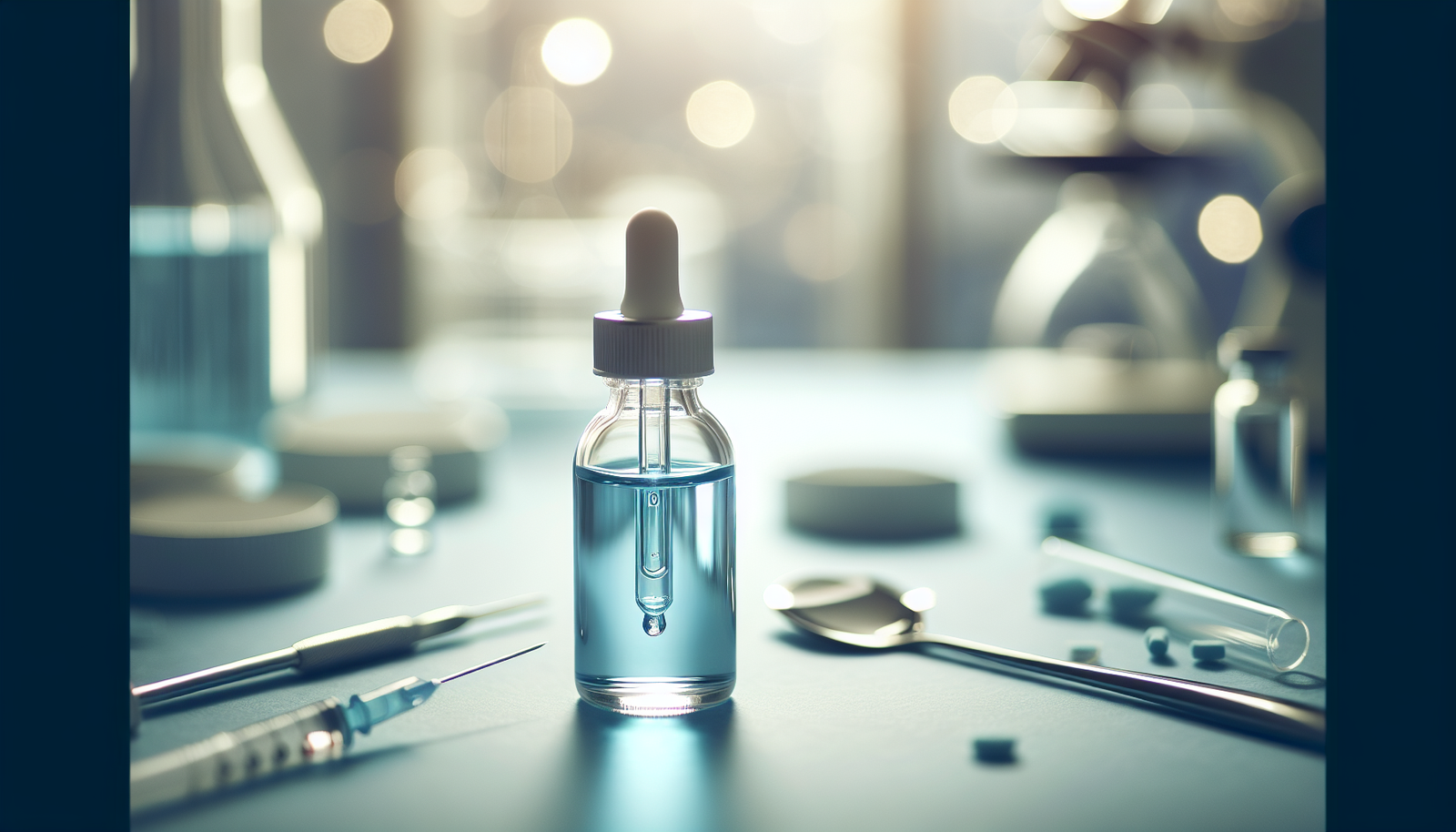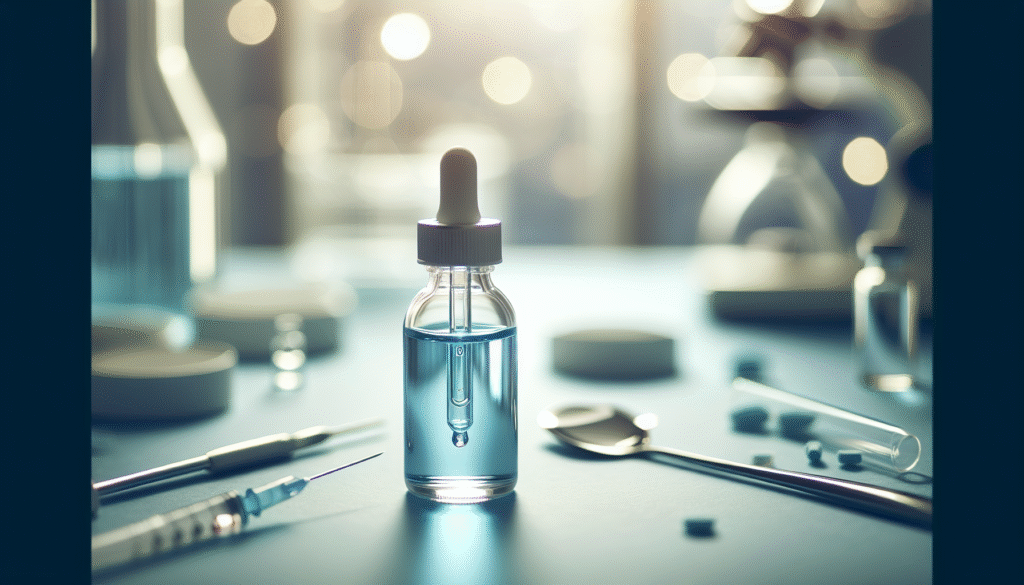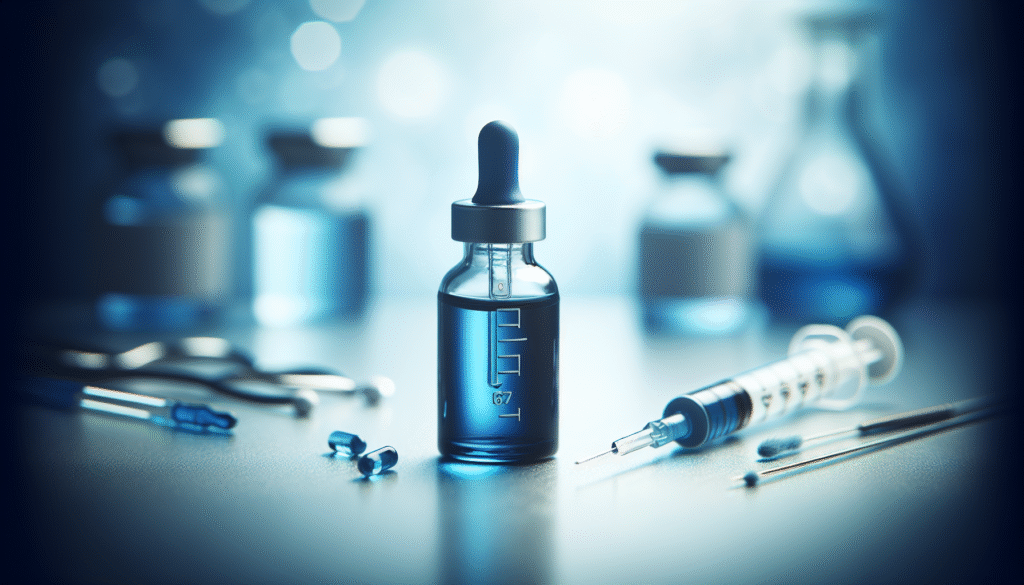
Have you ever wondered about the myriad applications of a compound that has been around for over a century? Methylene blue, originally developed as a dye, has evolved into a versatile substance with several uses in healthcare, biology, and even the arts. This guide will provide you with an in-depth understanding of methylene blue, its uses, dosage recommendations, and a few critical considerations.

What is Methylene Blue?
Methylene blue is a synthetic dye, chemically known as thionin. Its vibrant blue color has led to its initial use as a textile dye. Over time, researchers discovered its profound biological effects, which have made it an invaluable asset in various fields.
Chemical Composition and Properties
Methylene blue has the chemical formula C16H18ClN3S. It is water-soluble and is typically used in a solution. This compound possesses several unique properties, particularly its ability to act as a redox indicator in biological systems, which will be discussed further in this guide.
History of Methylene Blue
Introduced in the late 19th century, methylene blue has undergone various transformations in public perception and scientific application. Initially, it was recognized for its use in staining biological specimens to enhance visualization under a microscope. As research evolved, its medicinal properties came to light.
Uses of Methylene Blue
You may be surprised to learn that methylene blue serves multiple functions beyond just a dye. Here are some of its prominent applications:
Medical Applications
One of the most noteworthy uses of methylene blue is in the medical field. It has been utilized for various purposes, including:
1. Antidote for Methemoglobinemia
Methylene blue is clinically recognized as an effective treatment for methemoglobinemia, a condition where the blood cannot effectively carry oxygen. By facilitating the conversion of methemoglobin back to hemoglobin, methylene blue helps restore normal oxygen-carrying capacity.
2. Surgical Stain
In surgical settings, methylene blue is often employed to identify and mark specific structures due to its staining capabilities. Surgeons utilize methylene blue to visualize blood vessels and lymphatic channels, providing clarity during intense procedures.
3. Antimicrobial Agent
The compound exhibits properties that can inhibit the growth of certain bacteria and fungi. As a result, it has found its niche in laboratories for treating infections caused by resistant organisms.
4. Potential Alzheimer’s Treatment
Research has suggested that methylene blue may have neuroprotective properties. Preliminary studies indicate that it might enhance mitochondrial function and reduce the formation of amyloid plaques associated with Alzheimer’s disease.
Applications in Biology and Research
Outside the medical sector, methylene blue plays a pivotal role in various biological and scientific applications:
1. Staining Agents in Microscopy
In histology and microbiology, methylene blue serves as a valuable staining agent that helps visualize cellular structures. Its ability to differentiate components of cells assists researchers in understanding cellular function and pathology.
2. Redox Indicator
Due to its role as a redox indicator, researchers utilize methylene blue to study redox reactions. Its color change from blue to colorless in the presence of reducing agents makes it a useful tool in biochemical assays.
Environmental Applications
Methylene blue is also making its mark in environmental science. It finds applications in:
1. Water Treatment
The compound has demonstrated effectiveness in detecting and treating contaminated water. Its ability to bind with heavy metals enables it to act as a chelating agent in cleaning polluted water.
2. Eco-toxicology Studies
Researchers use methylene blue to evaluate the toxicity levels of certain chemicals and pollutants on aquatic life. It helps identify the environmental impact of various substances.
Dosage Recommendations
Understanding the appropriate dosage of methylene blue is crucial for its safe and effective use. While various applications exist, the most commonly referenced uses relate to its medicinal properties.
General Guidelines for Dosage
Below you will find a table summarizing common dosage recommendations for different medical applications:
| Condition | Dosage |
|---|---|
| Methemoglobinemia | 1-2 mg/kg IV (maximum 7 mg/kg) |
| Impaired cognitive function (research) | 0.5-1 mg/kg orally, as tolerated |
| Antimicrobial usage | Dosage varies; consult a healthcare provider |
Administration and Route
Methylene blue can be administered through various routes, including intravenous (IV), oral, and topical methods, depending on its application. It is critical to follow appropriate procedures and consult healthcare professionals for guidance on a specific approach.
IV Administration
For acute conditions like methemoglobinemia, the intravenous route is preferred. The infusion should be monitored to prevent potential side effects.
Oral Administration
When used for cognitive disorders or other research settings, methylene blue can be taken orally, typically in a pill or liquid form. It’s advisable to discuss this with a healthcare provider to determine the best option tailored to your individual needs.
Safety and Side Effects
Like any medicinal compound, the use of methylene blue comes with its own set of potential side effects and safety considerations:
Common Side Effects
Some individuals may experience side effects when using methylene blue. These may include:
- Skin discoloration: Upon administration, one might notice a blue hue to urine or skin.
- Nausea and vomiting: Gastrointestinal discomfort can occur, particularly with higher doses.
- Headache or dizziness: Changes in blood pressure might lead to lightheadedness.
Contraindications
Certain populations should use precaution or avoid methylene blue altogether, including:
- Individuals with known hypersensitivity to the compound.
- Pregnant or breastfeeding women, due to insufficient safety data.
- Those taking serotonergic medications should avoid methylene blue as it can cause serotonin syndrome.

Conclusion
Methylene blue stands at the intersection of history, health, and science. Understanding its roles and applications can pave the way for informed decisions regarding its usage—whether in a medical context or scientific research. As research continues to evolve, methylene blue may unveil new applications, transcending its historical roots. If you consider utilizing this compound for personal or professional use, always consult with healthcare professionals or experts familiar with its properties. This proactive approach ensures safety and efficacy while exploring the rich potential that methylene blue offers.
As you contemplate the prospect of using methylene blue, remember that knowledge is key. Equip yourself with the information necessary to make responsible choices and contribute positively to the discourse surrounding this versatile compound.